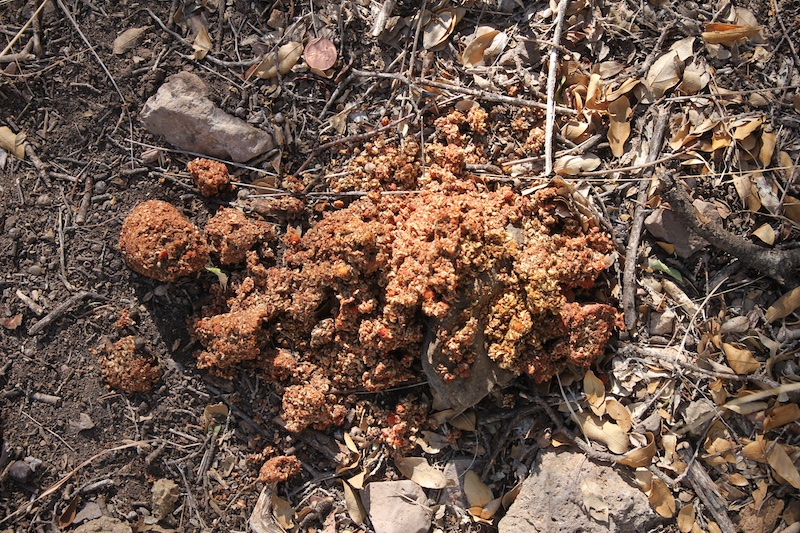
GRIZZLY BEAR: The brown bear, which includes the grizzly and Kodiak bear, is located in Wyoming, Montana, Idaho, Washington, and Alaska.

There are only a few regions that contain both black and grizzly.īLACK BEAR: The most common bear is the black bear, which is found in 40 US states. One of the easiest ways to distinguish your bear scat is by simply knowing what part of the country you are in. Coastal brown bears will have fish parts in their scat. CONTENTS: Grizzly scat contains berries, vegetation, roots/tubers, cutworm moth parts and remains from moose, elk, mountain goats, and sheep. The scat can turn black, moist and smelly when the bear turns to meat as a food source and globular when consuming berries.Ģ. SHAPE AND SIZE: Similar to the black bear, grizzly bear scat is fibrous and tubular when the bear is consuming vegetation in the spring and early summer. In general, scat from the brown/grizzly bear tends to be larger (2-inches or more in diameter) than black bear scat.ġ. COLOR: Scat color can range from black to brown when the bear is eating a mixed diet and green when eating mostly grasses.īlack bear scat and brown/grizzly bear scat are so similar that they are difficult to tell apart. Bears are omnivores so you may find the remains of deer or moose calves and small mammals.ģ.
When berry season hits, scat is deposited as loose blobs that are filled with berries and seeds. CONTENTS: Black bear scat is usually filled with vegetation and insect parts in the spring and early summer. It may appear as a loose "cowpile" when the bear is feeding heavily on fruits and berries.Ģ.

SHAPE AND SIZE: Black bear scat is often tubular with a blunt end and a slight taper. Black bear scat is most often found along trails or at the base of trees or plants.ġ. Bear scat is tubular like human feces but larger (5 to 12-inches long and 1.5 to 2.5-inches diameter). If you find scat that looks like it came from Andre the Giant, then you may have stumbled upon bear scat. Though they make for a great fireside tale, encounters can be relatively rare. Note you are more likely to stumble upon scat than an actual bear. In this guide, you will learn how to identify bear scat and distinguish it from other droppings you commonly find on the trail. You might come across some droppings on the trail and wonder "what kind of animal is this from?".


 0 kommentar(er)
0 kommentar(er)
